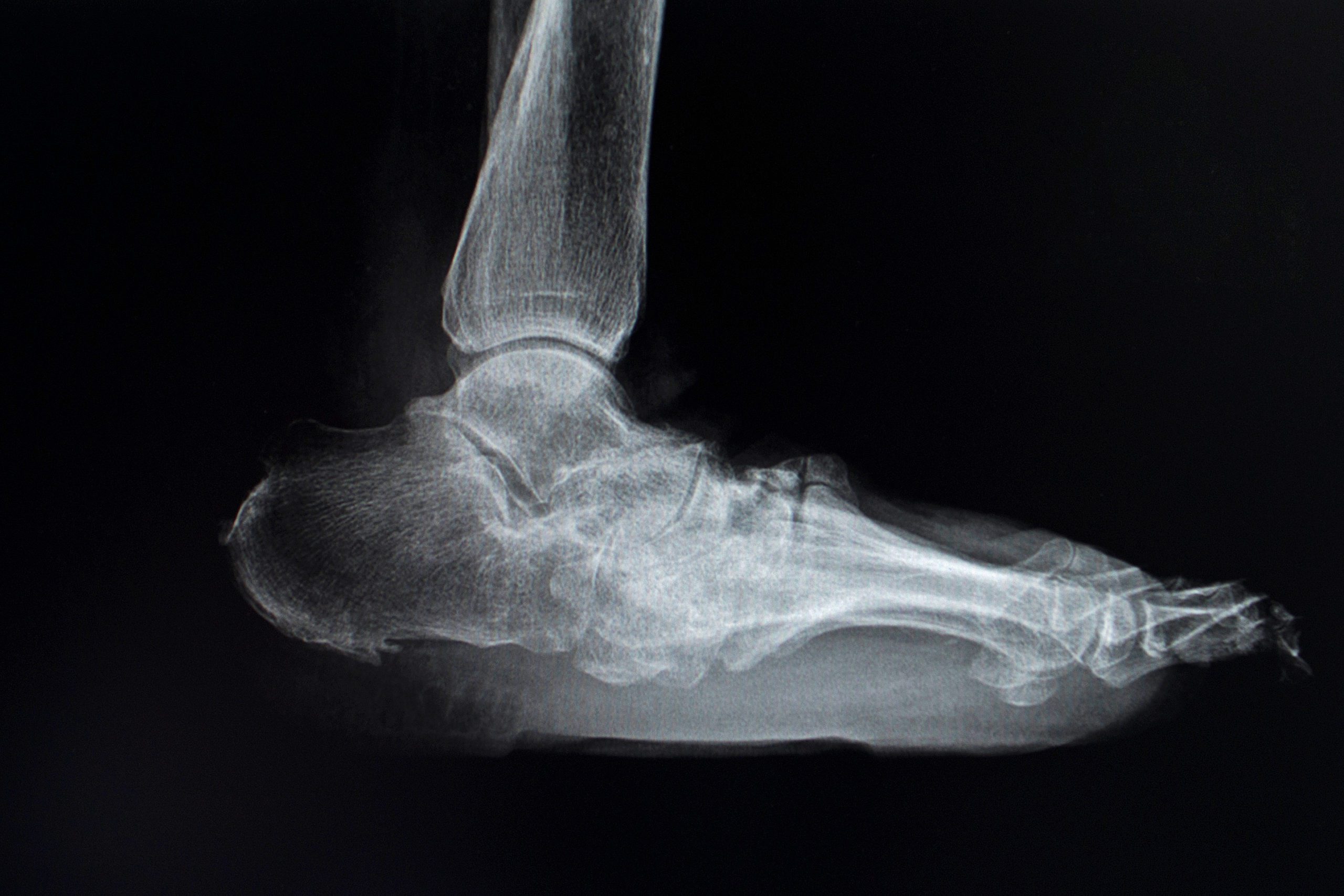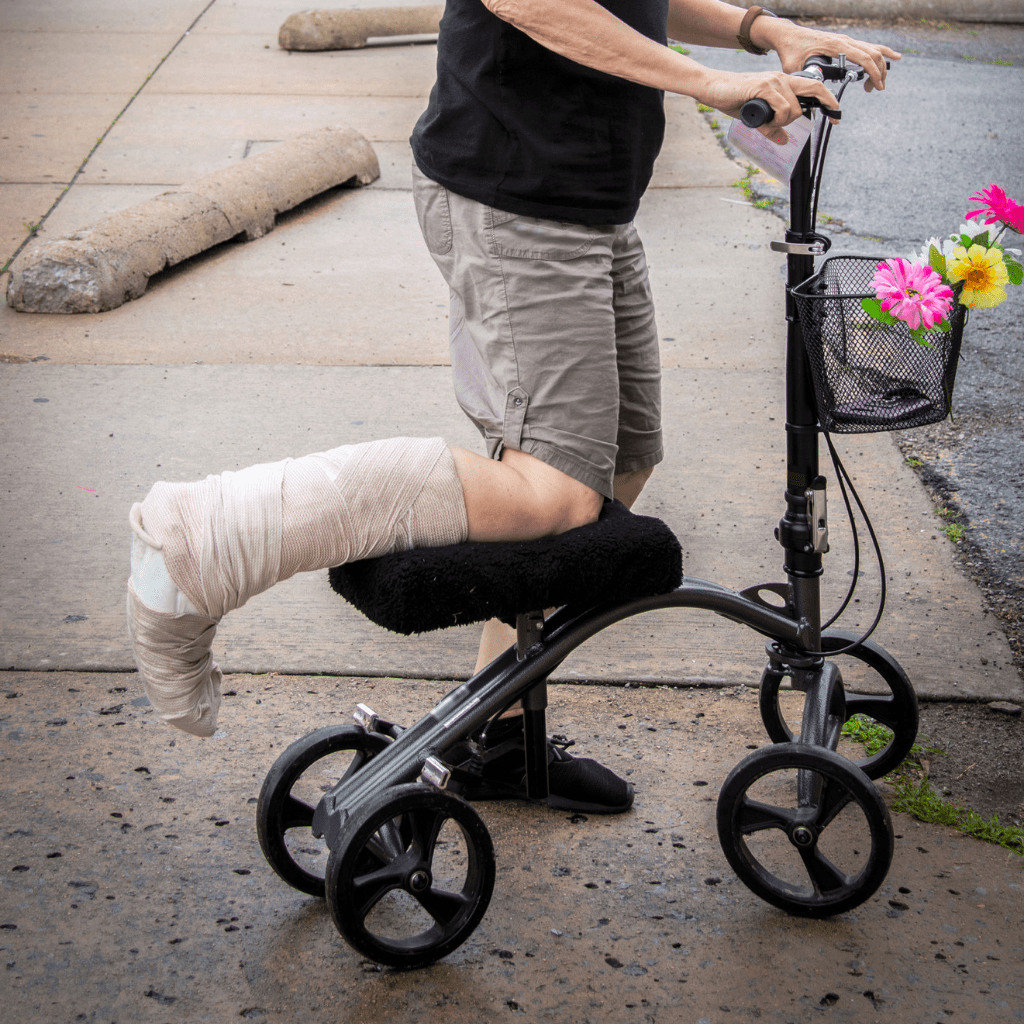Protection and Offloading
👣 How is Charcot Foot Treated?
When someone has Charcot Foot, the bones in the foot or ankle are fragile and broken. To help them heal properly, the foot needs to be protected and kept still (this is called immobilization).
If the foot is not protected, the bones can shift and the whole shape of the foot can collapse.








